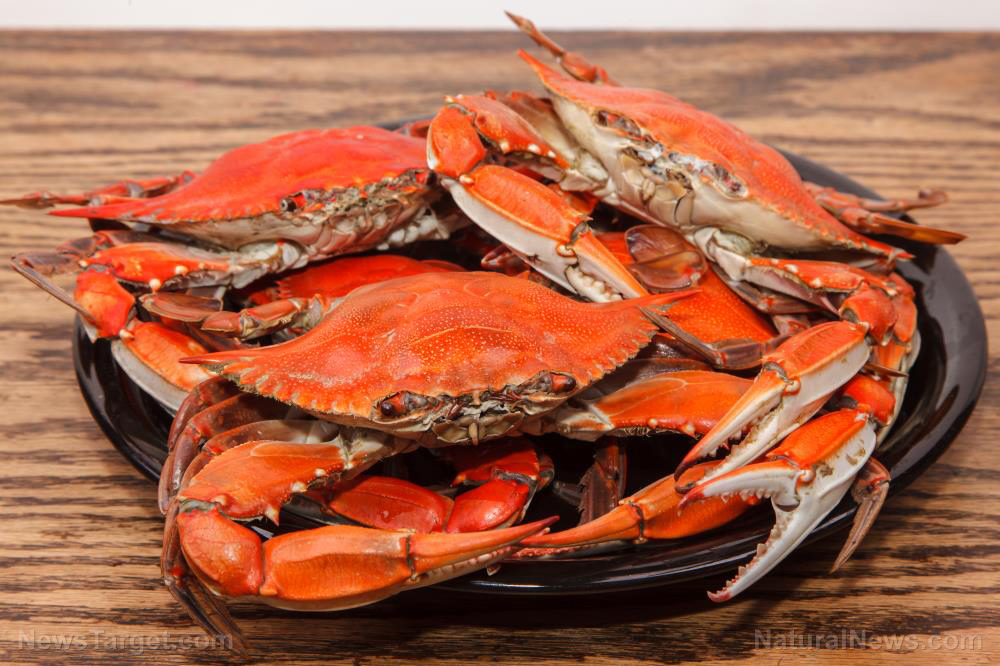
Advertisement
As a survivalist, you know that preparing for when SHTF goes beyond having bug out gear and supplies. If you’re ever trapped in the wilderness, you need to know what kinds of animals are safe to hunt and eat. (h/t to MyFamilySurvivalPlan.com.)
You can’t always afford to be picky, especially if you’re a fledgling hunter with limited ammunition. To prepare, read up on the animals that are native to your current location, and study their “lifestyle and patterns.”
- Birds — All species of birds are edible, and they only differ when it comes to size and flavor. To catch birds easily, study a species’ habits. For example, pigeons are easier to take from their nests at night. Most bird types also won’t fly away when they are nesting. If the nesting area is out of reach, check their drinking or feeding spots. To catch them, set traps and snares.
- Crustaceans — Most crustaceans are easy to catch, like fresh-water shrimp which form large colonies or swim around vegetation. Fresh-water shrimp can also be found in the “mud vegetation” of lakes. Larger crustaceans like lobsters, crabs, and shrimp can be found in waters that reach at least 30 feet deep. Use a baited hook or trap to catch lobsters and crabs during night time. Shrimp often surface at night and they are attracted by light, making it easy to simply scoop them up. Crayfish, which are similar to lobsters and crabs, can be caught in the soft mud near the breathing holes of their nests or by round rocks in streams. However, they can only be caught during the day because they are active at night. Crayfish have a hard shell, 10 legs, and large pincers.
- Fish — Fish meat is full of nutrients, and it is also rich in protein and “good” fats. Fish can also be easier to catch compared to most mammals. Almost all species of fish will “feed abundantly before storms” since after a storm, water turns muddy and impure. When possible, fish right before bad weather strikes. But when the water currents are stronger than usual, fish will rest in “sanctuaries” with calmer water, such as near rocks or other sturdy spots like logs. At night, fish will be attracted by light. Keep in mind that saltwater fish can be poisonous. Avoid species like red snapper, thorn fish, cowfish, puffer fish, and porcupine fish. Saltwater fish that are safe to eat can be caught further away from the shore, and you can even eat them raw because of the high levels of salinity in deep waters that prevent parasitic infestation. Thoroughly cook freshwater fish to kill off all the parasites. Be careful when trying to catch catfish, which has very sharp needles on its dorsal fin and barbels that can deeply pierce human flesh.
- Insects — Full of 65 percent to 80 percent pure protein, insects are everywhere and easy to catch. Insects can be found in grassy spots or a rotting piece of wood, which can be full of various insects like ants, beetles, termites, and grubs. Take note that some bugs aren’t “bug-free,” especially hard-shelled insects which may have parasites. Cook beetles, grasshoppers, or cicadas to kill any parasites. Aside from eating insects raw or cooked, you can also grind them into a “nutritious paste” that can be mixed with herbs and spices to add flavor. Avoid insects that sting or bite, and those that are hairy or brightly colored. Additionally, you must steer clear of spiders and insects that are “carriers of diseases” like flies, mosquitoes, and caterpillars.
- Mammals — While mammals are the best source of protein, hunting or procuring mammal meat has disadvantages. A lot of them can put up a fight and if you want to hunt large game, you will need professional hunting equipment. Try not to get bitten or scratched because an infected open wound can jeopardize your health. Most mammals are edible, except for scavengers which carry diseases, the platypus that has poisonous glands, the polar bear which has “dangerously high levels” of vitamin A in the liver. (Related: Curing and preserving meat in the wild: 5 different techniques.)
When forced to fend for yourself in the wild, prepare for emergencies by reading up on the kinds of animals that are safe to eat. Don’t take unnecessary risks because a single miscalculation can endanger your life.
Big game hunting tips
If you feel like hunting big game, don’t forget to follow the tips listed below:
- Hunt one type of animal first — Try to pursue one species and master its feeding and mating habits first.
- Survey a small area first — If you’re a beginner, starting off in a small area when hunting ensures that you don’t get overwhelmed.
- Study the basic principles of hunting — The basic principles of hunting refer to the behavior of the animal in its natural environment, such as watering holes. Read up on when certain animals are active so you can find them easier.
You can read more articles about the basics of hunting at Preparedness.news.
Sources include:
Submit a correction >>
This article may contain statements that reflect the opinion of the author
Advertisement
Advertisements
















